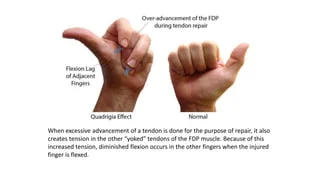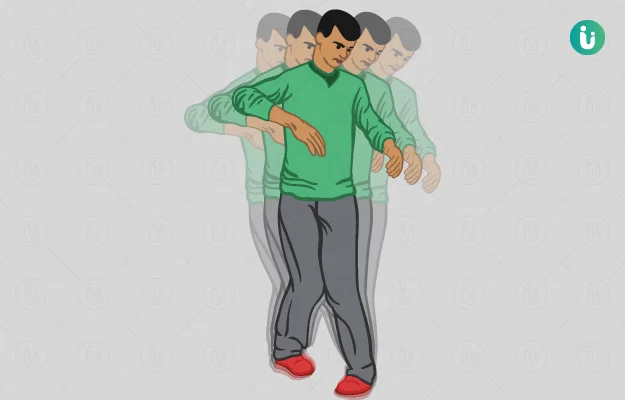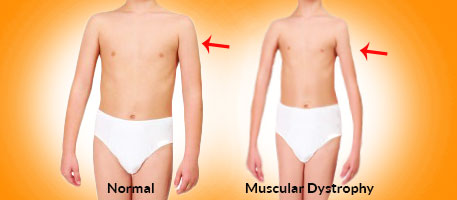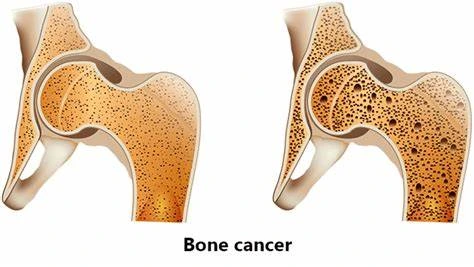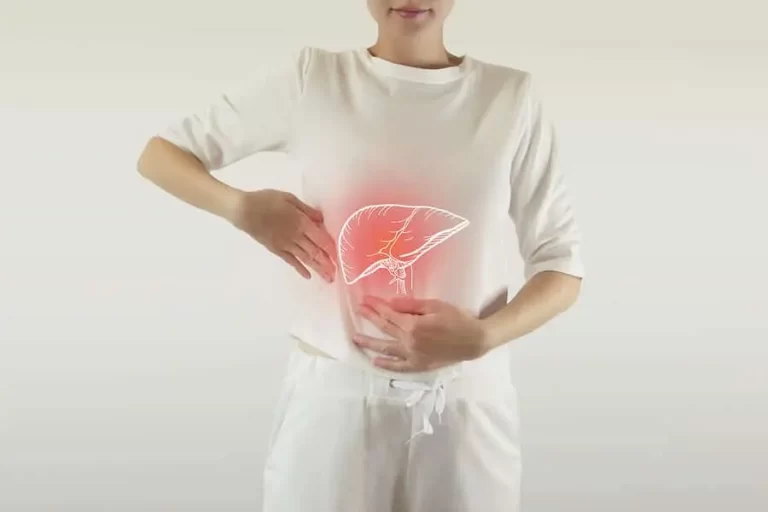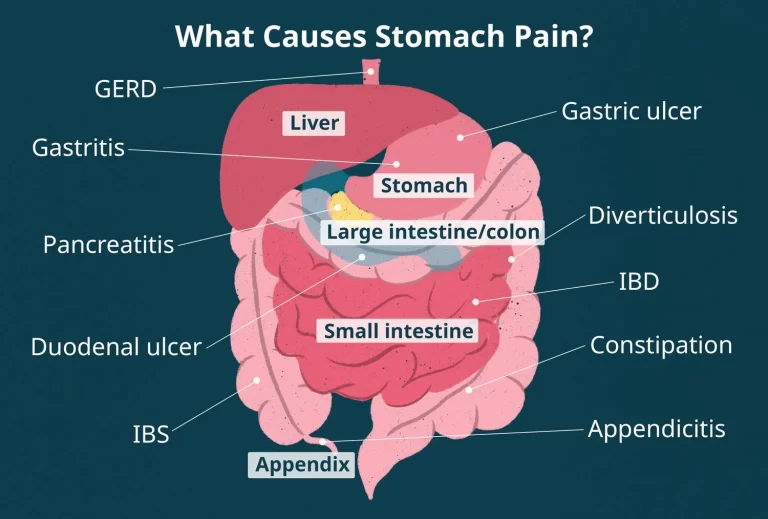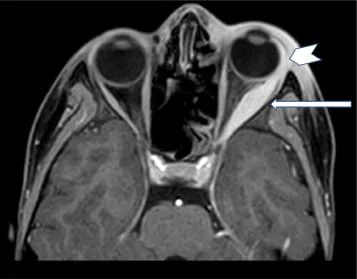Quadrigia Effect in Hand
What is Quadrigia?
Quadrigia is a medical condition that occurs when an individual loses the ability to flex a finger next to a finger that previously suffered an injury to the flexor digitorum profundus (FDP) tendon. This condition can result from a variety of factors, including trauma, overuse, and degenerative changes in the tendon.
When the FDP tendon is injured, scar tissue can form, causing adhesions that restrict the movement of the tendon. As a result, the affected finger may be unable to bend, and the adjacent finger may also become limited in its range of motion due to the adhesions. Quadrigia can be treated with physical therapy, splinting, or surgery, depending on the severity of the condition and the underlying cause. Early intervention is crucial in achieving a successful outcome, so individuals experiencing symptoms of quadrigia should seek medical attention promptly
Causes of Quadrigia:
- The flexor digitorum profundus tendon is advanced too distally in a repair procedure.
- Tendon graft that is very short.
- A distal finger amputation in which the flexors are sutured over the tip of the extensor tendon.
- Amputation is when the flexor digitorum profundus tendon adheres or has been repaired to the proximal phalanx.
Symptoms of Quadrigia:
- Inability to fully flexion the fingers of the hand adjacent to the injured finger
- The patient may complain of a “weak grip”
Etiology of Quadrigia:
- Mechanism
- Pathoanatomy
Mechanism of Quadrigia:
Most commonly caused by a functional shortening of the flexor digitorum profundus tendon due to
- Adhesions
- Retraction of the tendon
Pathoanatomy of Quadrigia:
- Flexor digitorum profundus tendons of the second, third, and fourth fingers share a common muscle belly
Anatomy related to Quadrigia:
- Flexor digitorum profundus
- Zones of the flexor tendons
Physical examination of Quadrigia:
- Upon making a fist the fingers to the injured digit will not reach full flexion
- Grip strength decreased
Diagnosis of quaddrigia:
- Imaging
- Radiographs
Treatment of Quadrigia:
- Release of FDP tendon of the injured digit.
- Tendon lengthening.
- Tenolysis post-flexor tendon repair.
- Severing of the offending tendon to allow the other usual adjacent fingers to flex fully.
Nonoperative
operative
Non-operative treatment of quadriga:
- Observation
- Indications
- Mild symptoms not affecting the quality of life
- Release of flexor digitorum profundus tendon of injured digit
- Tendon lengthening
- Tenolysis post-flexor tendon repair
- Severing of the offending tendon to allow the other usual adjacent fingers to flex fully
Operative treatment of quadriga:
- Release flexor digitorum profundus of injured digit
- Indications
- Severe symptoms limiting function
FAQ:
What is the Quadriga effect?
The quadriga phenomenon refers to flexion in fingers adjacent to a finger with a shortened flexor digitorum profundus tendon owing to a common muscle belly second, third, and fourth flexor digitorum profundus.
What is Quadriga vs Lumbrical plus?
In quadriga, the flexor digitorum profundus is overtightened and resulting in a weak grip and the lumbrical plus finger occurs by flexor digitorum profundus and increases tension in lumbricals.
Does flexor digitorum profundus have a common muscle belly?
Flexor digitorum profundus help to flexion the first, second, third, and fourth fingers at the fingertip joint. that moves these tendons is a common muscle belly shared by all fingers.

